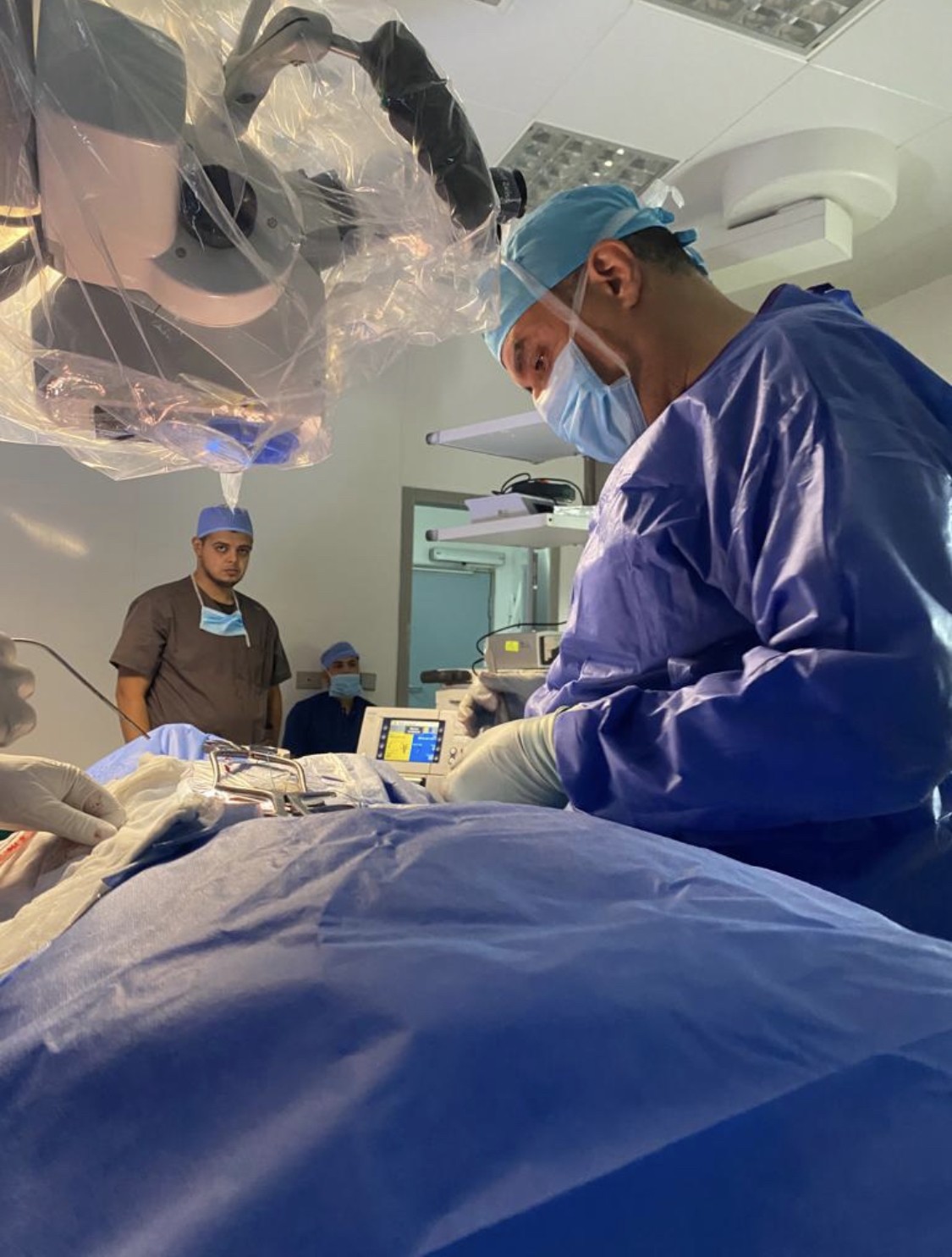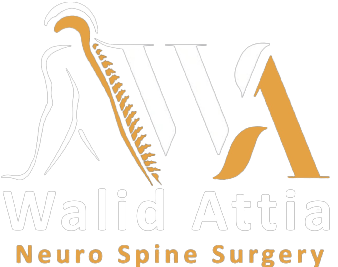Cervical

Cervical
Cervical spine
What are the symptoms of a cervical disc herniation?
The neck contains 7 cervical vertebrae, including five cartilages. Behind each cervical vertebra lies the beginning of the nerves responsible for feeling and movement in the hands and arms.
A person suffering from a cervical spondylosis leads to:
• Feeling of numbness or numbness in the shoulder or one of the arms and may reach the fingers.
• Weakness in the arm or hand.
• Headache.
• Neck stiffness and inability to move it easily.
• Feeling pain when standing, sitting, or sneezing, for example, as a result of neck movement.
• Feeling pain similar to an electric sting under the shoulder.
If the slip puts pressure on the spinal cord, more serious symptoms appear, such as:
• Impact on the legs; She suffers from stiffness or numbness, and is unable to walk properly.
• Loss of the ability to control and hold things by hand.
• Balance problems
What are the causes of a herniated cervical disc?
A large amount of water enters the composition of the cartilage, which makes it work efficiently as a cushion to absorb shocks, but with age, the disc begins to lose part of this water, which makes its hard outer part more fragile and more susceptible to tearing when performing movements. It looks simple and ordinary; Such as picking up some things from the ground or carrying heavy bags.
It is not possible to say with certainty the clear causes of herniated neck cartilage, but we can point to these reasons:
• Getting older.
• Genetic causes.
• Making violent or sudden movements with the neck and arms can lead to a herniated cervical disc.
• Lifting heavy objects in the wrong way, increases the load on the upper body.
• Exposure to a strong direct blow to the neck can lead to a tear or herniation of the cartilage.
• Sitting for long periods in a way that the neck is facing down, such as sitting in front of computers while working.
• Support the phone or mobile phone by the neck and keep this position for a long time.
What is the treatment for a herniated cervical disc?
Treatment of cervical disc herniation depends on several methods, including:
1. Rest: Stopping activities that require excessive effort can improve minor cases of slippage.
2. Drug treatment: Non-steroidal anti-inflammatory drugs may help alleviate the symptoms of a herniated disc and make the patient feel better, along with muscle relaxants and nerve vitamins such as vitamin B12. If the patient’s condition does not improve with the previous medications, the doctor can prescribe the patient cortisone injections. Topical, it is injected directly into the affected area and helps greatly comfort the patient.
3. Using heat and cold as a local treatment: Placing ice cubes on the site of pain, or massaging the affected area, can soothe muscle pain and tension. Ice is most effective during the first 48 hours of the onset of pain, while heat shows a better result after the first two days. A bag or heated pillow can be used to soothe muscle pain and reduce tension in it.
4. Physical therapy and exercises to treat a herniated cervical disc: Simple exercises can be performed aimed at moving the neck to get rid of pain resulting from pressure on the nerve roots.
The exercise begins with the injured person sitting upright and performing the following movements several times:
o Move the chin toward the chest, then return the head to tighten the neck muscles.
o Moving the head right then left, as the injured person begins to move his head towards the right shoulder, then moves the head in the opposite direction.
Can a herniated cervical disc be treated surgically?
It is through a discectomy, sometimes followed by spinal fusion surgeries, or the installation of an artificial disc to maintain the natural length of the spine. However, it should be noted that patients with osteoporosis and arthritis cannot undergo fusion or artificial disc surgeries.

